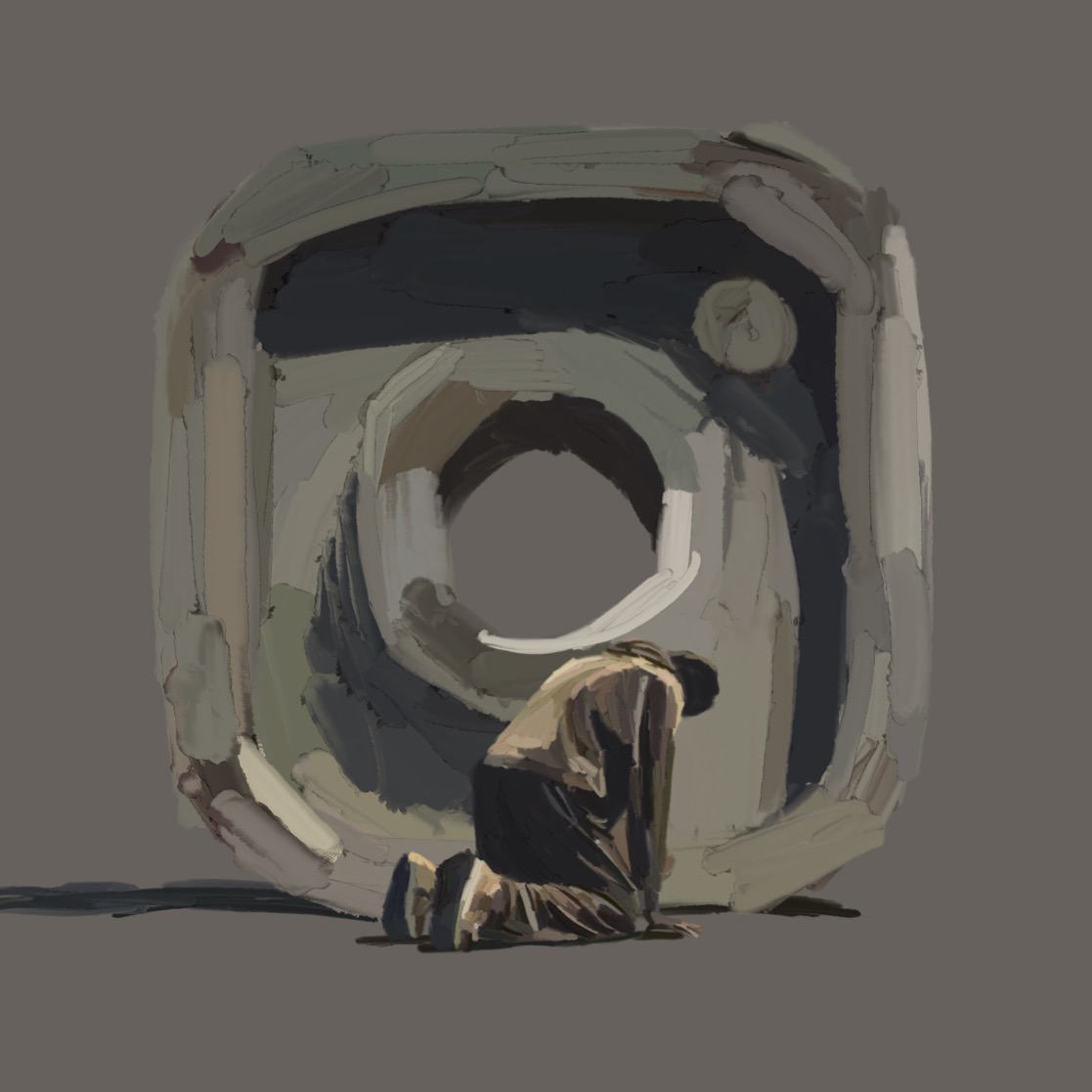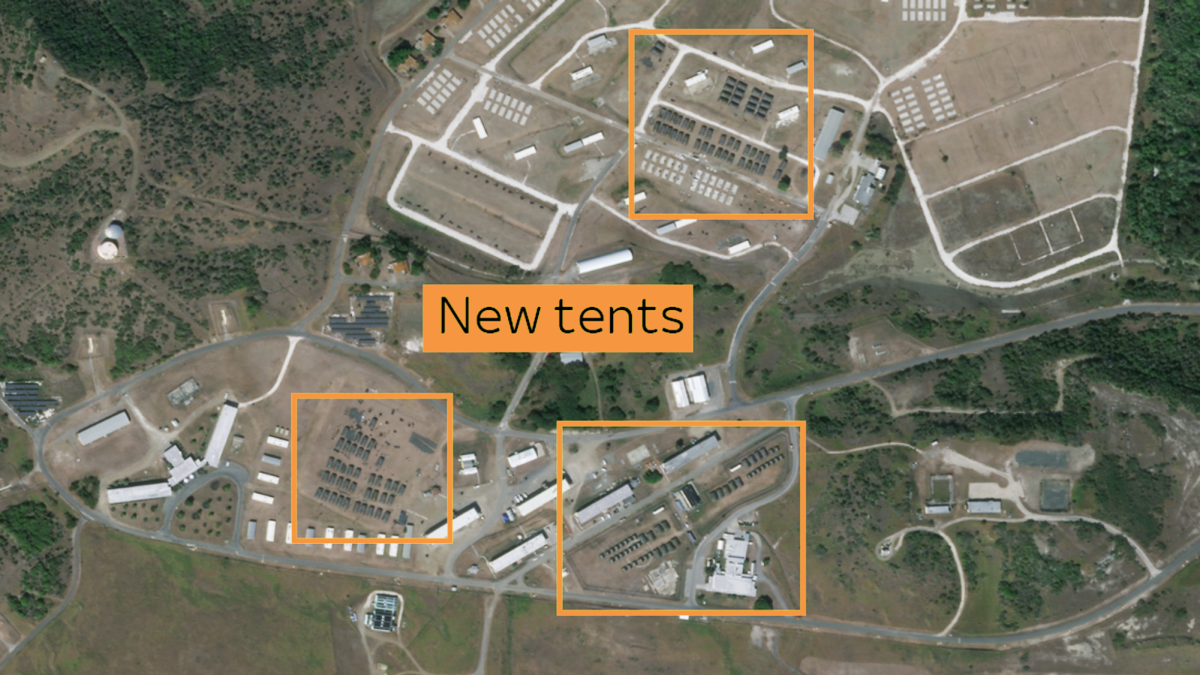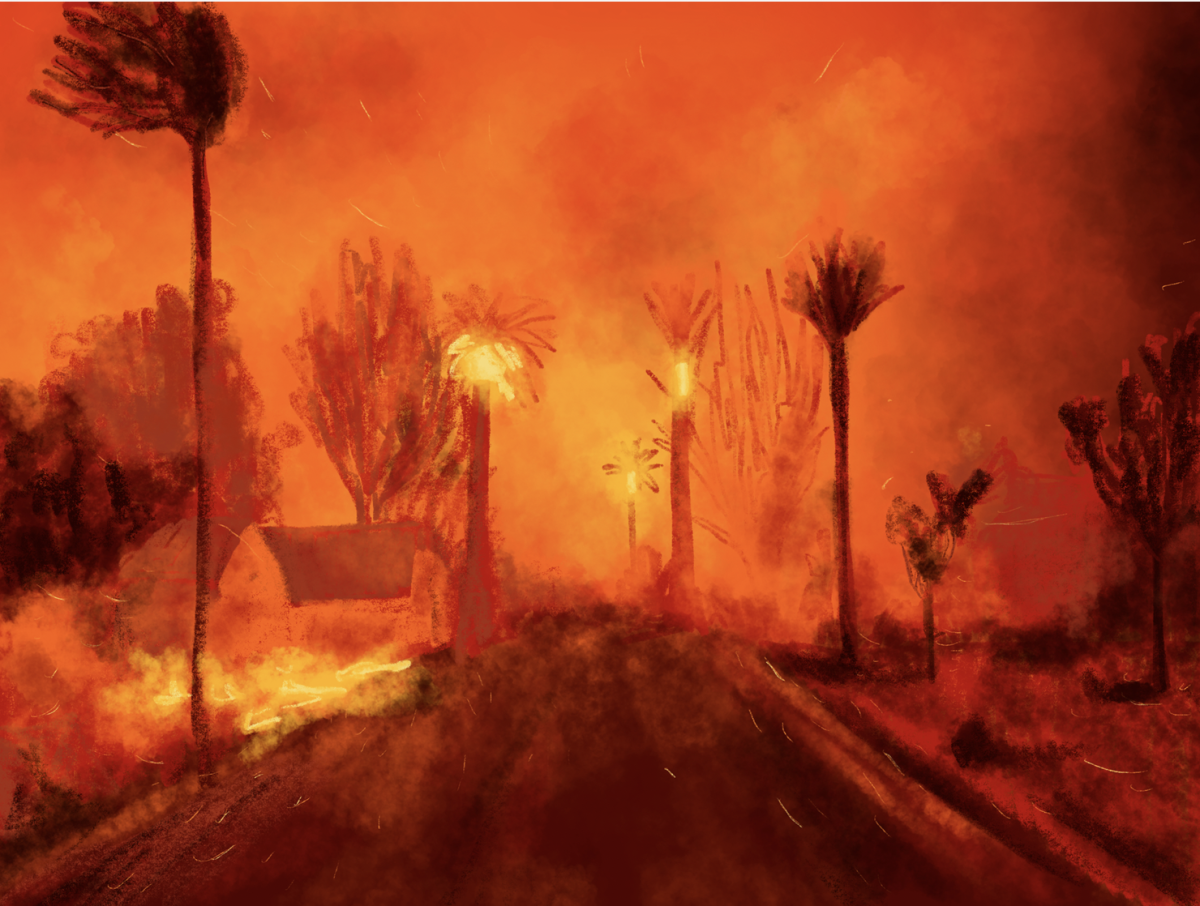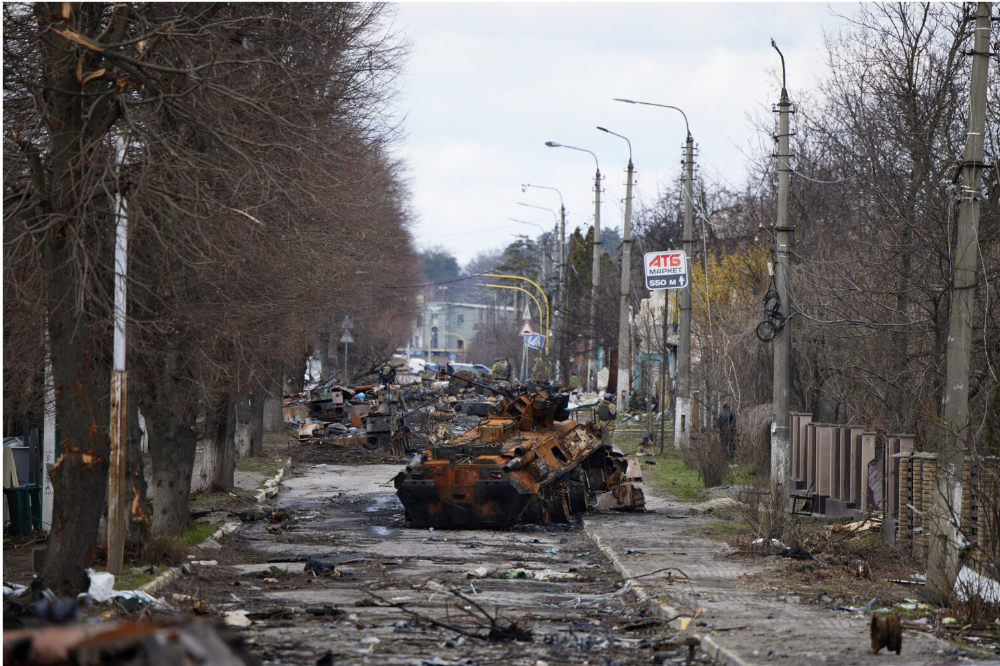On May 10, 2024, Russia launched a surprise offensive operation in Northern Ukraine’s Kharkiv Oblast, opening a new front in a theater that has not witnessed battle since fall 2022. Following an immense Russian shelling of over 100 cruise missiles, Russian armored battalions flooded the Kharkiv salient and captured several border villages, stretching Ukraine’s already limited resources to the brink.
As a result of a lack of military aid, for the last year, Ukraine has only been able to fire one artillery round to Russia’s 10. With US support now coming, after the passing of a $95 billion package for Ukraine, among other nations, Ukraine finds renewed optimism in addressing its lack of munitions. However, the full package will still take several months to finally arrive in Ukraine. Consequently, the next several months will prove pivotal in testing Ukraine’s capability of defending itself without ample foreign aid.
The Kharkiv offensive also highlights problems Ukraine itself has been failing to address — mobilizing enough troops and constructing sufficient fortifications in inactive regions of the war. Russia’s offensive has forced Ukraine to pull troops from other parts of the front and its already stretched reserves in order to reinforce the Kharkiv salient. Ukrainian officials insist that Kharkiv city, Ukraine’s second largest city, is not under threat of a ground invasion, but that Russian artillery barrages may become likely as Russia advances further into Ukrainian territory. David Axe, a military correspondent for Forbes, has suggested that the offensive might be “an elaborate feint” with the goal of pulling Ukrainian resources away from Ukraine’s southern front.
The tide is turning for Ukraine’s fortunes, especially after having failed to achieve many of its gains in its 2023 summer offensive. As Russia steadily gears its economy for Total War — warfare that mobilizes all resources of a nation to fight a large-scale war — as Ukraine has already done since 2022, Russia poises itself to launch greater, more frequent operations in Ukraine.
In the south, what had initially started as a small Russian advance into the village of Ocheretyne has now grown into a substantial breakthrough, threatening to collapse the entire eastern front. The sudden Russian advance through the village, nine miles northwest of Avdiivka, in Late April, shows how even a small crack in the line can result in cascading effects, as already-stretched and undermanned Ukrainian platoons face encirclement in the race to plug the breach.
Following the fall of Avdiivka to Russian forces in February, a pyrrhic yet pivotal victory for the Russian Armed Forces, Ukraine has organized Ocheretyne as a fortified strong point along the strategically important H20 highway, allowing Ukraine to effectively move fresh soldiers in the front. For the last two months at least, Ukraine’s situation in the sector had remained relatively stable. Yet in late April, that all changed.
The small Russian advance into Ocheretyne has now grown into a 15-square-mile bulge that threatens the very existence of Ukraine’s entire front and ability to stave off Russian advances. Extending the bulge farther north could enable the Russian Armed Forces to simply flank Ukraine’s strongest fortifications that have held the Russians back for years. Russia also now has a new road into Konstiantynivka, a town that has served as a logistical backbone for Ukrainian forces in the Donetsk salient.
The Russians advanced so suddenly on the streets of Ocheretyne that when Ivan Vivsianyk first saw them, he mistook them for Ukrainian soldiers. When the soldiers asked the 88-year old Ukrainian, Vivsianyk knew that the defense of Ocheretyne had collapsed.
“I thought that our soldiers would come and knock them out,” said Vivsianyk in an interview with the New York Times after harrowingly escaping across the front line. “But it didn’t happen.”
Ukrainian battlefield commanders now hope that the situation will improve with the arrival of western aid, but until then, “we will continue to die” and “continue to lose territories,” said Lt. Oleksandr Shyrshyn, 29, the deputy battalion commander for Ukraine’s 47th Mechanized Brigade. “The question is whether it will be at a slow pace and defensible,” he says, “Or at a fast one and senseless.”

























